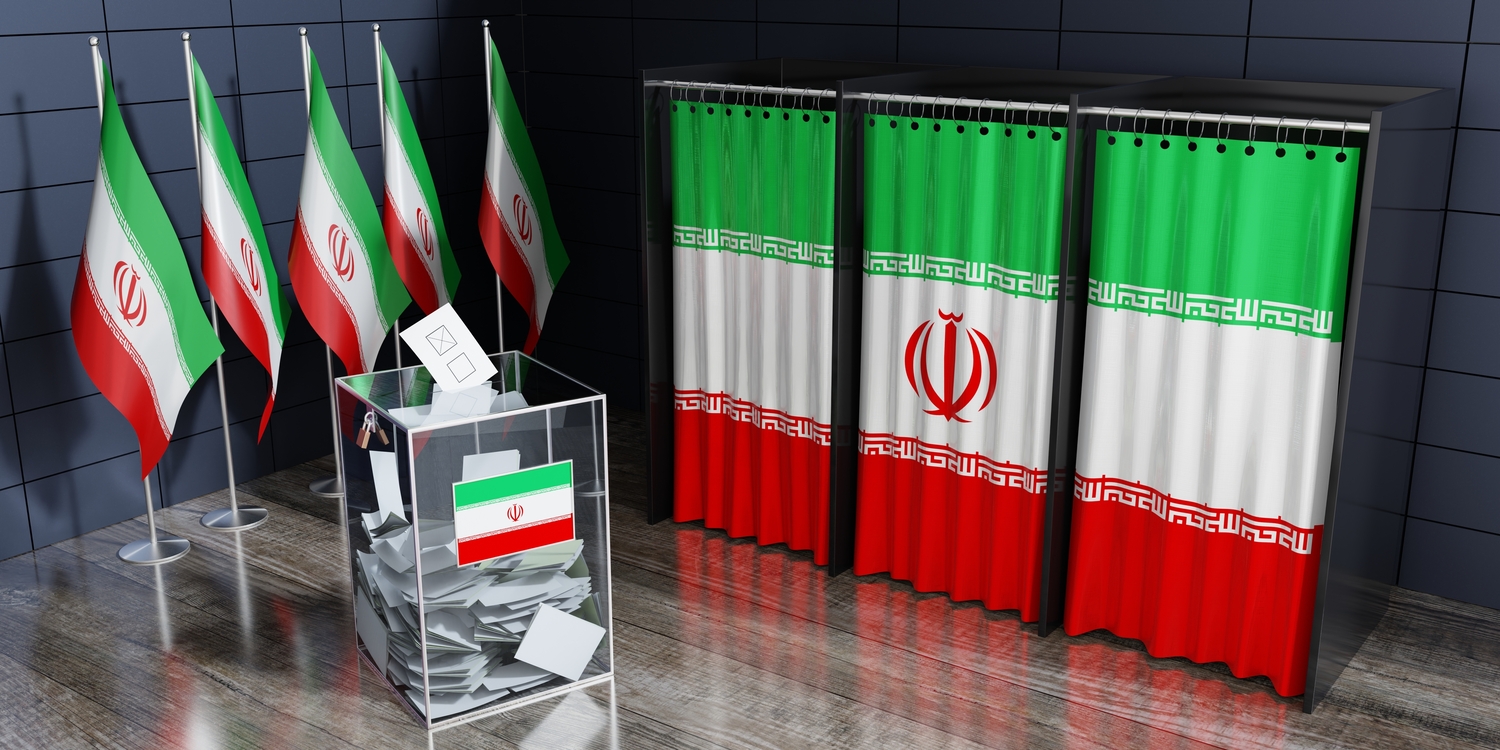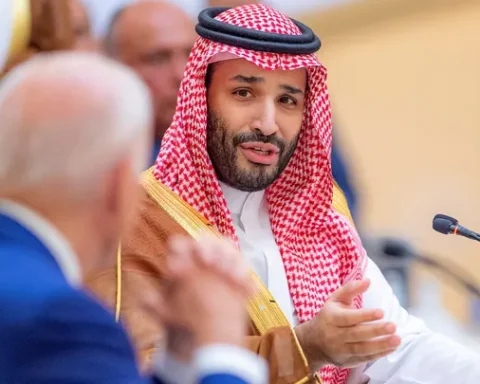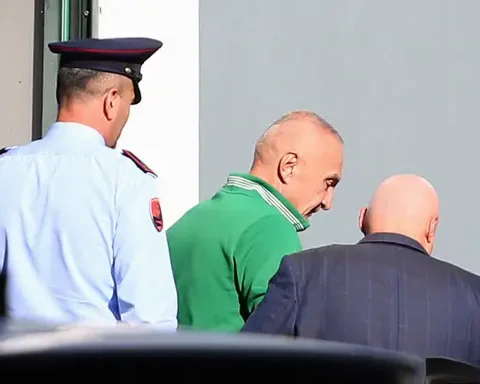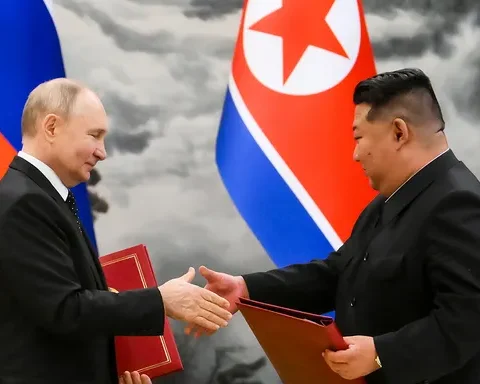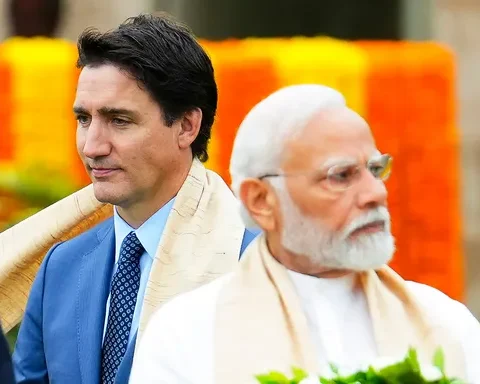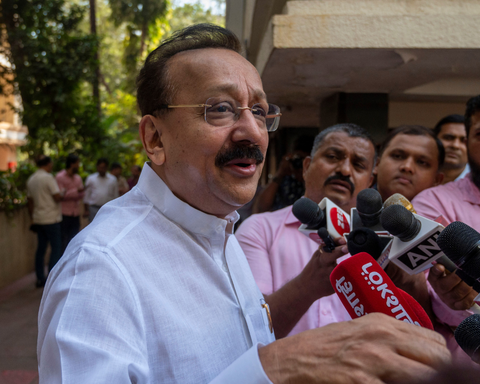Iran faces a rare runoff presidential election between Saeed Jalili, a hard-line former nuclear negotiator, and Masoud Pezeshkian, a reformist heart surgeon. Voter turnout is historically low, reflecting deep public discontent.
Unprecedented Low Voter Turnout
Over 20 years ago, Iran’s Supreme Leader Ayatollah Ali Khamenei criticized low voter turnouts in other nations, stating, “It is disgraceful for a nation to have a 35% or 40% voter turnout, as happens in some of the nations that you see having presidential elections.” Iran faces similar criticism, with only 39.9% of its voting public participating in the latest election. Over one million ballots were rejected, which is a sign of widespread dissatisfaction with the candidates.
Economic Woes and Public Dissent
A collapsing economy and violent crackdowns on dissent have fueled public frustration. The 2022 death of Mahsa Amini, detained by the morality police, sparked mass protests. “I did not vote, and I will not,” said Leila Seyyedi, a 23-year-old university student, “since nobody apologized because of Mahsa and later miseries that young people face.”
The Candidates: Jalili vs. Pezeshkian
The runoff features Saeed Jalili, known as the “Living Martyr” for his war injury, and Masoud Pezeshkian, who needs a high turnout to win. Jalili is backed by Parliament speaker Mohammad Bagher Qalibaf, who received 3.3 million votes. “Most voters for Qalibaf likely will break for Jalili after Qalibaf endorsed him,” analysts say, putting Jalili in a strong position.
Public Apathy and Skepticism
Many Iranians are skeptical about the election’s impact despite the high stakes. “I did not vote, as former presidents failed to realize their promises,” said Ahmad Taheri, a 27-year-old psychology student. Economic hardship also contributes to voter apathy. “After years of economic difficulties, I have no interest in politics,” said Mohammad Ali Robati, a 43-year-old electronic engineer.
Economic Crisis and Anger Over Amini’s Death
Iran’s economic troubles are severe, with the exchange rate for its currency plummeting. Anger persists over Amini’s death, which led to protests and a crackdown that killed over 500 people. The Soufan Center think tank noted, “The voter participation levels and blank ballots represented a repudiation of regime policies, particularly its crackdown on critics and women who refuse to comply with laws requiring full head covering.”
Uncertain Future
Pezeshkian has promised to resist police enforcement of the hijab and internet restrictions, but public trust is low. Tahereh Namazi, a 31-year-old teacher, said she didn’t vote because neither candidate addressed these issues.
As Iran heads into the runoff, the future remains uncertain. Whether Pezeshkian can mobilize voters or Jalili secures victory with the hard-line base, the low turnout reflects a nation in turmoil. The outcome will significantly impact Iran’s political landscape, with profound implications for its future.


